Diesel generators have been used to meet almost all electricity demand on Isabela Island. Until now, that is. The aim is for a new power plant to add renewable energy to the island’s supply, helping to protect the Galapagos archipelago’s fragile ecosystems.
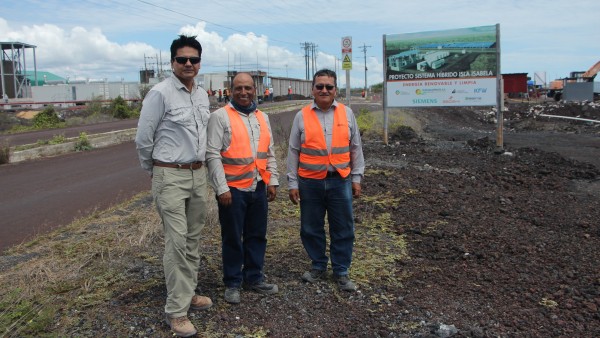
Teamwork
The project managers of the local electricity supplier Elecgalapagos and the consulting firm Lahmeyer International are looking forward to the new hybrid power plant: Víctor H. Vélez, Giovanni Alcazar and Ruben Mena (from left to right).
The sun is high up in the sky and the air above the black volcanic rock ripples in a haze of heat. “Perfect”, Víctor H. Vélez says, wiping the sweat from his brow. The engineer is standing on the edge of a building site and is happy to look up at the cloudless sky. “The ideal starting conditions for our building project,” he states, pointing to a space of roughly 117,300ft2 (10,900m2) where there are a good dozen workers busy assembling a new photovoltaic system. This is to be part of a KfW-financed hybrid power plant on Isabela (the largest of the Galapagos Islands), which is intended to make an important contribution towards clean energy production.
The Galapagos archipelago is found on the equator, in the Pacific Ocean off the coast of Ecuador. It is best known for its unique animal life, including giant tortoises, marine and land iguanas, sea lions, sharks, and rays. Not to mention the 500-plus species of fish and the native birds, such as blue-footed boobies, Galapagos penguins, and Darwin’s finches (named after the famous scientist who pursued his studies on evolutionary theory on these islands). The Galapagos have been a UNESCO World Heritage Site for 40 years now. But their sensitive ecosystem requires more than this protected status to maintain its balance.
Read more under the video.
(KfW Group/Alexandra Frank/Jakob Dettmar)
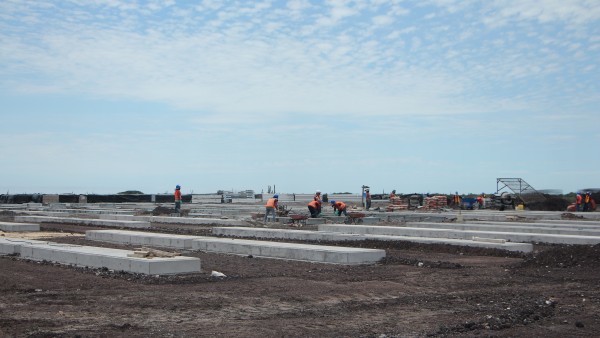
Major project
The foundations for the solar power plant on the Galapagos island of Isabela have already been completed and are intended to reduce the archipelago’s dependence on fossil fuels.
“Increasing tourism, the associated population growth, and the introduction of more and more electrical appliances on Isabela have resulted in a constant rise in demand for power,” reports Julia Mohs, an energy and financial sector project manager at KfW Development Bank. The burden is currently increasing by around nine per cent a year.
To date, diesel has almost exclusively been used to keep up with this demand. But that can pose risks, as Oscar González knows. “Given that the islands are located around 1,000 kilometres west of Ecuador, diesel tankers have to make a long voyage,” the KfW technical expert for renewable energies in South America explains. There has been a series of disasters in the past. For example, the tanker Jessica ran aground not far from the Galapagos in 2001, spilling 250 metric tonnes of oil and creating an oil slick over more than 380mi2 (1,000km2) of ocean surrounding the islands. Images of oil-covered seabirds and seals spread around the world, with 15,000 dead marine iguanas reported over the following year. Other accidents in 2014 and 2015 proved to be less severe, but still demonstrate the danger that the diesel tankers present to the Galapagos Islands’ unique natural environment, with 97 per cent of their landmass and 99 per cent of their marine area declared national park territory.
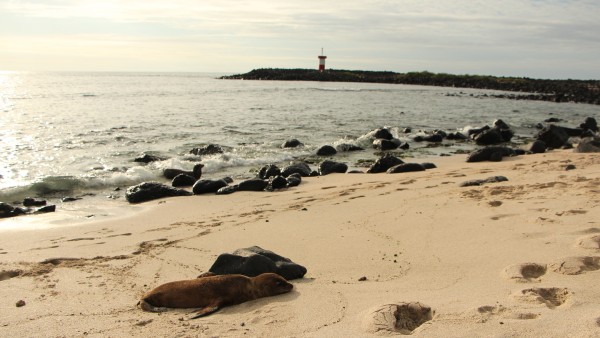
Marine protection
The construction of the hybrid power plant requires fewer diesel deliveries from the mainland. This reduces the risk of tanker accidents and protects marine life.
Around ten years ago, following the wreck of the Jessica, the Ecuadorian government launched the Galapagos Islands Zero Fossil Fuel Initiative with the goal of paring down diesel consumption on the islands by 2020, using photovoltaic systems, batteries, small wind turbines, and biofuels. The plan is for the new hybrid system to replace the diesel power plant used to date, which is close to Puerto Villamil, the capital of Isabela Island. KfW is providing EUR 15.8 million to the Ecuadorian Ministry of Electricity and Renewable Energy (MEER) for its construction, using budget funds and acting on behalf of the German Federal Ministry for Economic Cooperation and Development (BMZ).
Víctor H. Vélez, who works as a project supervisor for the local electricity company, Elecgalapagos, explains that the new power plant cannot completely avoid diesel, though the amounts needed are to be kept as low as possible. As a result, they will rely on a combination of various sources of energy. The solar field is connected to batteries to provide the best means of storing the energy. “This is important because the photovoltaic systems simply do not generate flat quantities of electricity,” Vélez explains: “Around midday when the sun is shining, the most energy is generated. But this drops when clouds appear and at night-time, of course, we see a lull.”
To help smooth the fluctuations, three modern generators have also been built. These are intended to take the place of the old, inefficient and very noisy diesel generators. “These do run with diesel, too, but the hope is to mainly operate them using biofuels,” observes Rubén Mena, an engineer at Lahmeyer International. His firm is supporting MEER as a consultant, planning and supervising the building works being carried out by Siemens.
When it comes to biofuels, the operators mainly want to rely on jatropha oil, produced from the physic nut, which is native to Ecuador. This, it is believed, will not only support the country’s economy, but will also help to prevent new environmental disasters. “Naturally, this fuel also makes the long sea voyage,” Oscar González says, “but in the event of an accident, it would decompose much faster without having such devastating consequences.”
Floreana, another Galapagos island, is already demonstrating that biodiesel can be harnessed to good effect. Since 2011, two refitted generators running on jatropha oil have been operating within its shores, as has a solar system. These supply 100 per cent of the island’s power from renewable energy sources.
Víctor H. Vélez from electric utility Elecgalapagos and Lahmeyer engineer Rubén Mena are confident. “If the work continues to go this well, the new hybrid power plant can be put into operation in September this year,” Mena predicts. Together, they cast a final look at the new photovoltaic system, before beating a retreat to the shade. The sun at the equator may be fairly taxing for people. But for the solar systems, it is absolutely perfect.
Published on KfW Stories: Tuesday, 15 May 2018
The described project contributes to the following United Nationsʼ Sustainable Development Goals
Goal 7: Ensure access to affordable, reliable, sustainable and modern energy
Close to 80 per cent of the energy produced worldwide still comes from fossil fuel sources. Burning fossil fuels also generates costs for the health system due to air pollution and costs for climate-related damages that harm the general public, not just those burning the fuel.

All United Nations member states adopted the 2030 Agenda in 2015. At its heart is a list of 17 goals for sustainable development, known as the Sustainable Development Goals (SDGs). Our world should become a place where people are able to live in peace with each other in ways that are ecologically compatible, socially just, and economically effective.

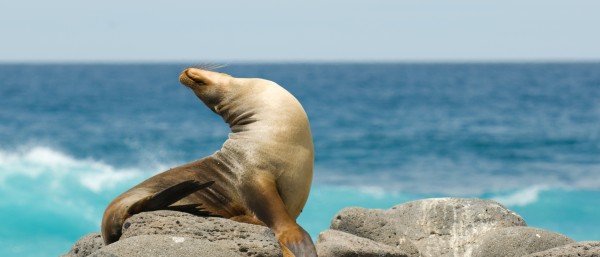
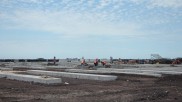
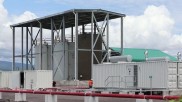
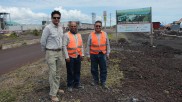
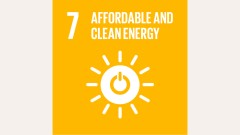
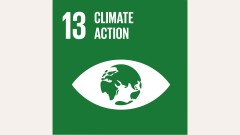

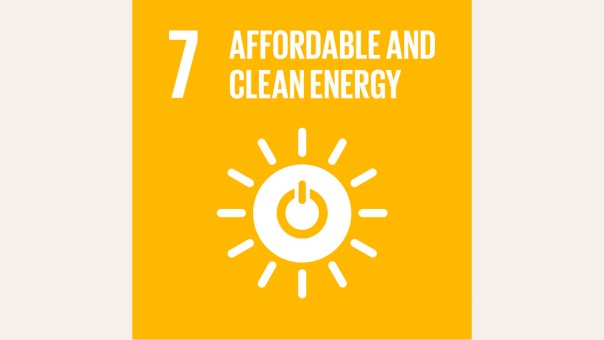
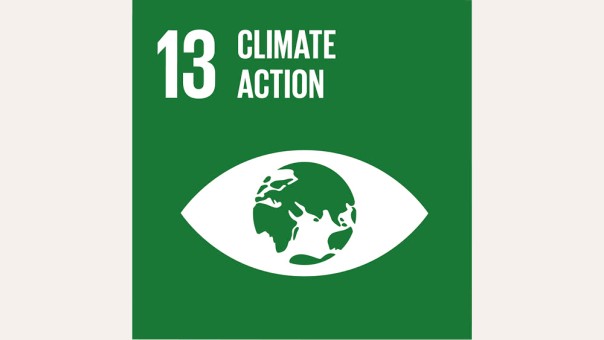

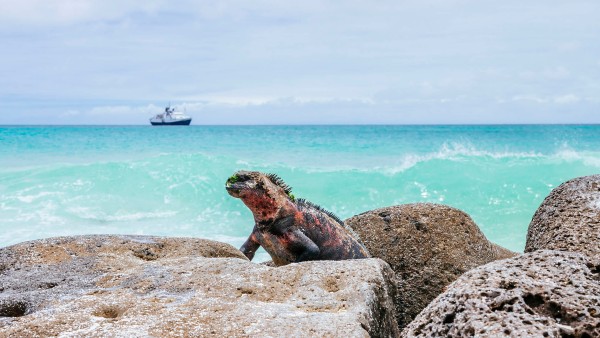
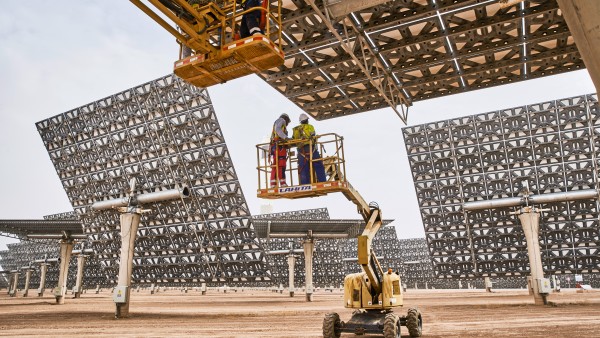
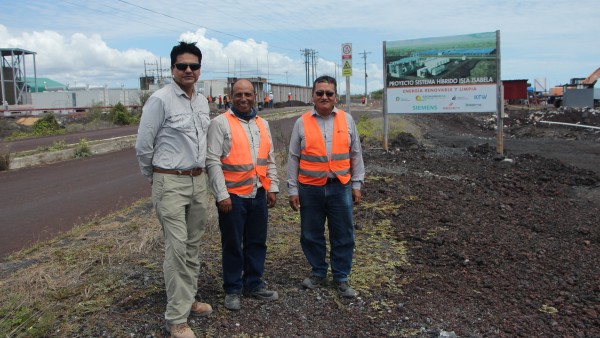
Data protection principles
If you click on one of the following icons, your data will be sent to the corresponding social network.
Privacy information